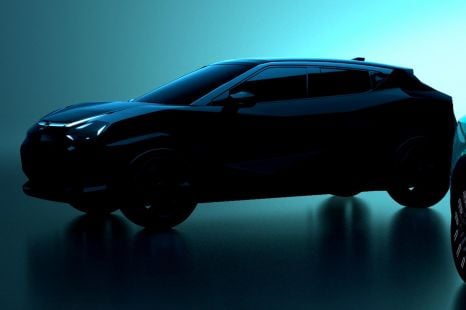

Damion Smy
Nissan Juke EV will use Leaf platform, due in 2026 - report
10 Hours Ago
The sun has stopped shining on the Dutch solar car maker Lightyear, which has stopped production and declared bankruptcy.

Journalist
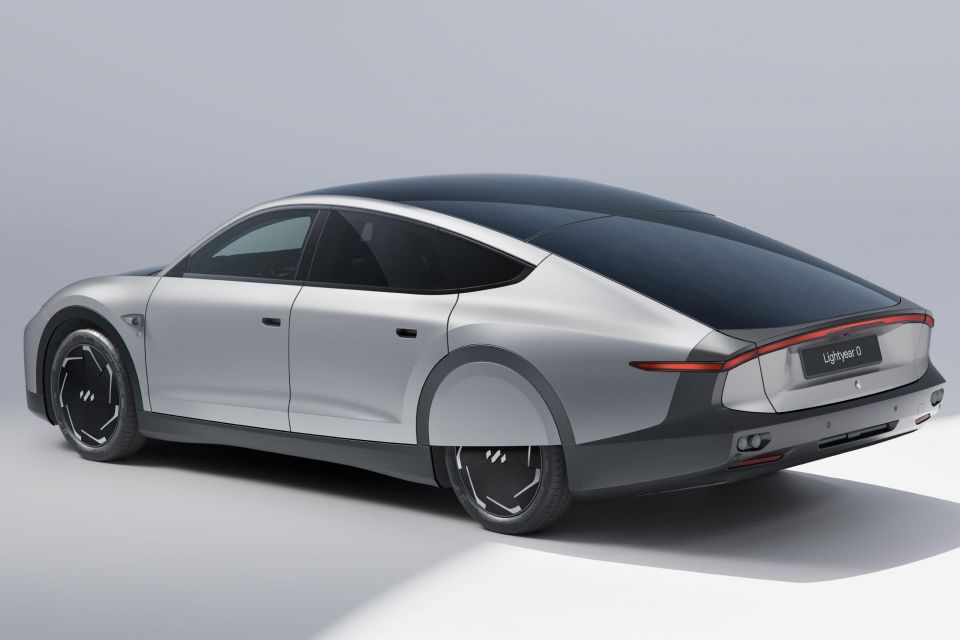

Journalist
Thanks to Tesla, Rivian, Lucid, and, now, legacy automakers, EVs are all the rage, but solar-powered models are struggling.
In December 2022 the Lightyear 0 went into production, but just over a month later the factory line has been paused, and Lightyear is bankrupt and in administration.
Late last week the Dutch automaker stopped payments to its subsidiary Atlas Technologies, which is responsible for developing and producing its solar-powered electric vehicles. Atlas is now in the hands of an administrator or curator.
In a statement the company said: “In the coming period the curator will focus on the position of the employees and creditors as well as assessing how the Lightyear concept can be continued.”
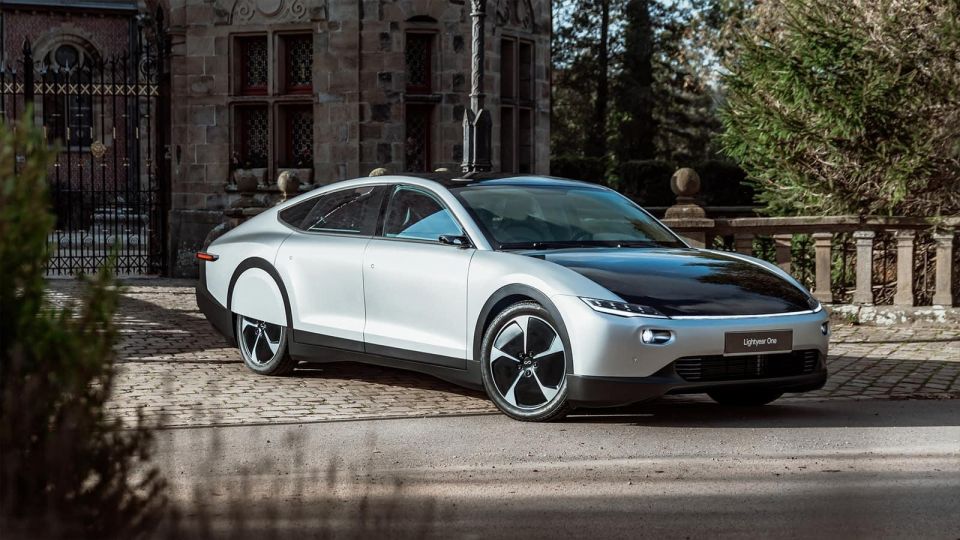
This all happened just days after after Lightyear announced it was stopping production of the Lightyear 0 to focus on developing a smaller, more affordable vehicle, known as the Lightyear 2.
The Lightyear 0 was built in Finland by contract manufacturer Valmet. Launched in the middle of 2022, the Lightyear 0 was a large 5m-long EV with around five square metres of solar panels located on the roof and bonnet.
In sunny Mediterranean countries, the Lightyear 0’s panels could hoover up solar energy to provide 70km of range per day. Further north in cloudier countries, such as the Netherlands, this number fell to around 20km.
Like a regular EV, the Lightyear 0 can be plugged into the grid to recharge. It came fitted with a 60kWh battery, and had a WLTP driving range of 625km.
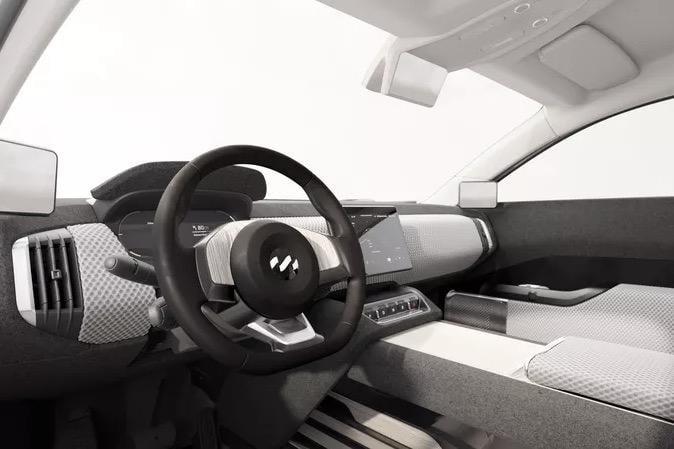
While other EV manufacturers have coupled their planet-saving desires to tyre-shredding performance, Lightyear prioritised efficiency.
Its long tapered body, partially-covered rear wheel arches, thin tyres, and flat underbody all contributed to a coefficient of drag of just 0.19, lower than the 0.20 registered by the most efficient versions of the Mercedes-Benz EQS.
Although it had an electric motor for each wheel, performance was leisurely with a 0-100km/h time of around 10 seconds.
With a starting price of €250,000 ($383,000) before sales tax, it’s likely Lightyear struggled to generate enough orders to meet its production cap of 946 units per year.
Given the company has just entered administration, it’s unclear if there’s a path forward for the company to develop the Lightyear 2, a smaller, more affordable model to be priced around €30,000 ($46,000).
MORE: Lightyear solar-powered EV enters production MORE: Lightyear 0 — Long-range solar electric production car revealed
Derek Fung would love to tell you about his multiple degrees, but he's too busy writing up some news right now. In his spare time Derek loves chasing automotive rabbits down the hole. Based in New York, New York, Derek loves to travel and is very much a window not an aisle person.


Damion Smy
10 Hours Ago
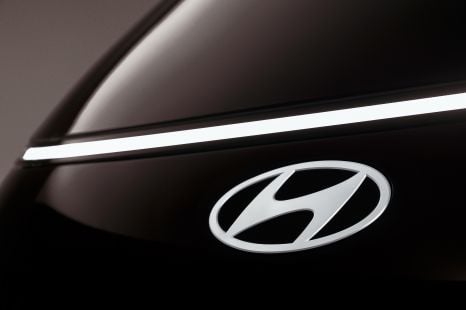

Damion Smy
13 Hours Ago


Damion Smy
17 Hours Ago


Damion Smy
18 Hours Ago
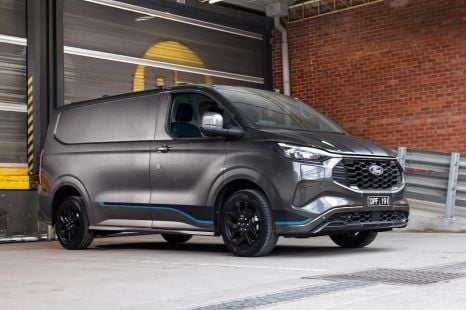

Damion Smy
19 Hours Ago


Damion Smy
19 Hours Ago